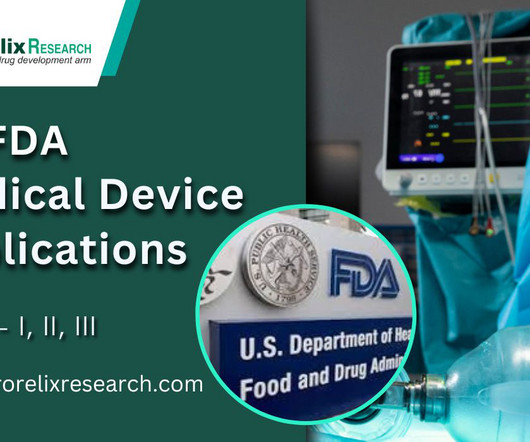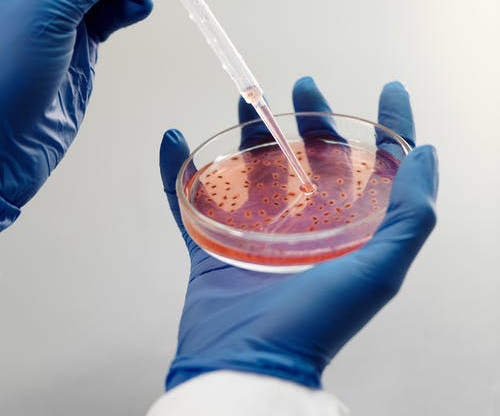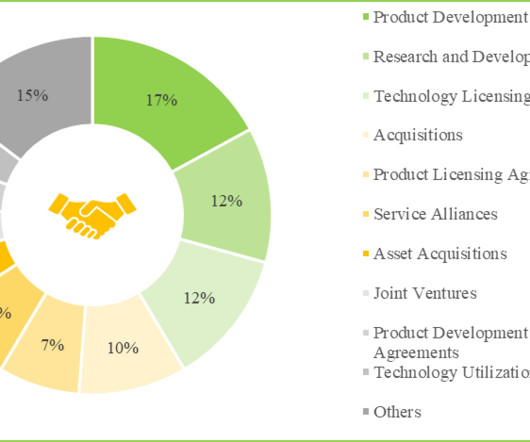Study shows that bioprinted artificial skin can be used in cosmetics and drugs testing
Medical Xpress
JANUARY 26, 2023
Bioengineered artificial skin has become an increasingly important and reliable platform for researchers to test the safety and efficacy of drugs and cosmetics. The most promising technologies for production of in vitro models include 3D bioprinting. It can be produced on a large scale and is a good substitute for animal testing.




































Let's personalize your content